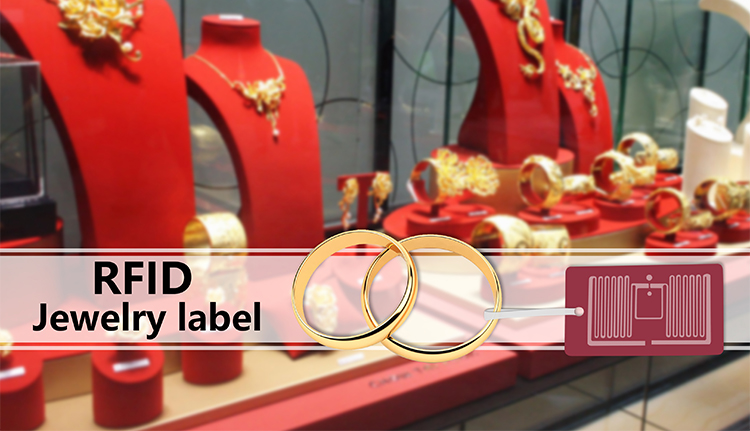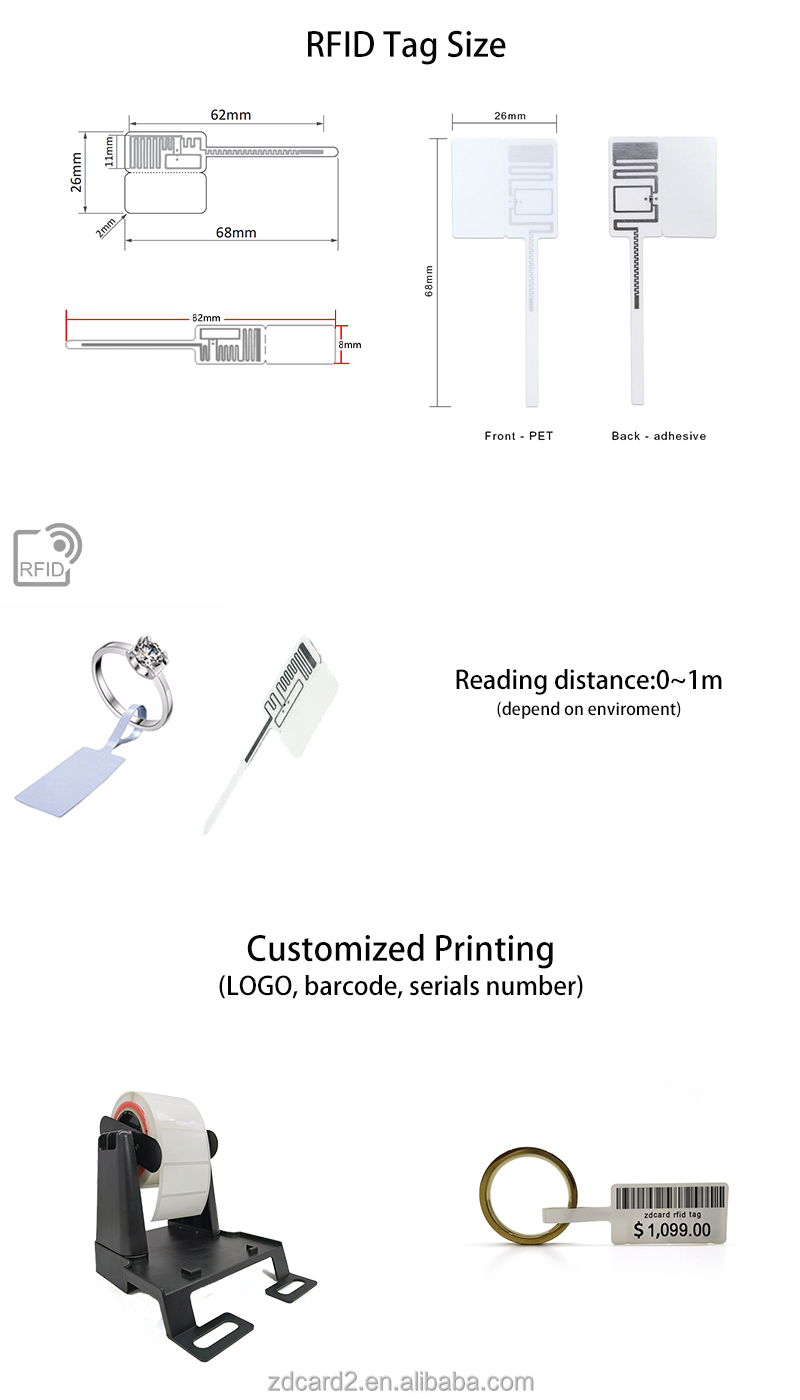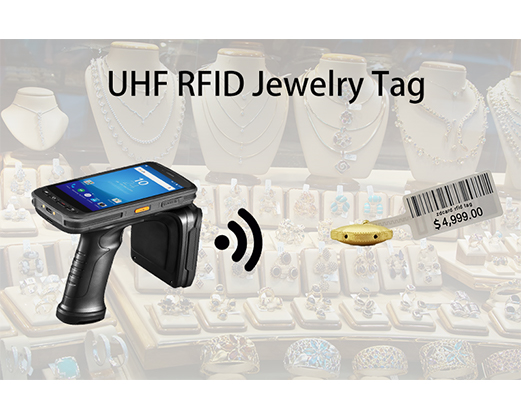In today’s booming e-commerce era, the jewelry industry is experiencing both new opportunities and increasing challenges. While online channels open the door to global customers, traditional jewelry management methods often fail to keep up with the rapid pace of digital retail. Manual inventory, theft risks, and poor order accuracy have become serious bottlenecks. To address these issues, many jewelry e-commerce companies are turning to RFID technology as a modern solution.
Jewelry products are small, high-value, and often sold in large quantities, making them difficult to manage efficiently. Manual inventory can take hours or even days, with mistakes almost unavoidable. In addition, inventory delays often lead to out-of-stock items missing sales opportunities, while unsalable pieces take up capital. Security is another concern: theft or fraudulent returns can cause significant losses. These challenges become even more severe during peak promotion periods, such as 11.11 or Black Friday, when order surges increase the chances of misdelivery and errors.

To solve these pain points, companies are deploying the RFID jewelry management system. At the core of this system is the RFID jewelry label, which can be embedded in packaging, tags, or even hidden inside jewelry boxes. Each label carries a unique ID, allowing items to be tracked in real time without the need for manual scanning. With the help of fixed or handheld readers, businesses can scan hundreds of items within seconds, ensuring accuracy and efficiency.
This technology not only improves daily inventory management but also enables seamless integration with ERP and e-commerce platforms. Data flows automatically from warehouses to online stores, keeping stock information accurate and up to date.
One of the most important benefits of RFID in jewelry e-commerce is real-time inventory management. By embedding RFID jewelry labels into every product, companies can instantly track jewelry as it enters or leaves the warehouse. This makes it possible to detect stock shortages or unsold items quickly, which supports better purchasing and replenishment decisions.
During large sales events, RFID batch scanning avoids misdelivery or missed shipments. For example, instead of scanning barcodes one by one, staff can scan entire trays of jewelry with a single pass, greatly improving speed and accuracy.

Trust is critical in the jewelry business, especially in e-commerce, where customers cannot see products in person. RFID helps enhance consumer confidence through anti-counterfeiting and traceability solutions.
Each RFID jewelry label can be linked to product details such as material, craftsmanship, and certificate numbers. By scanning the code, consumers can verify authenticity and view the history of the product. Some companies even integrate blockchain with RFID systems to provide full-link traceability, recording data from production to final delivery. This not only protects customers from counterfeit goods but also strengthens brand reputation.
Beyond logistics and security, RFID also creates opportunities for smart marketing. For instance, RFID readers in physical display cabinets can detect when a customer picks up a jewelry piece and instantly show product details or promotional offers on a screen. This interactive experience makes shopping more engaging and supports cross-channel integration.
In addition, when RFID data is connected to CRM systems, businesses can identify buying patterns and send targeted promotions. For example, customers who frequently browse luxury jewelry can receive personalized discounts or exclusive offers. In some cases, unmanned retail scenarios are possible, where RFID self-service cabinets allow customers to select and pay for jewelry without staff involvement.

Another critical application is fraud prevention in returns and exchanges. By reading the RFID label, businesses can instantly verify whether a returned item was originally sold by them. This prevents fraudulent activities and reduces losses.
For companies offering jewelry rental services, RFID tracking systems can monitor rental periods, return status, and automatically calculate fees. This ensures smoother service operations and improves customer satisfaction.
While RFID offers many advantages, successful deployment requires careful planning. First, companies must choose suitable UHF RFID jewelry labels since jewelry’s metal materials can sometimes interfere with signals. Testing and adaptation are necessary to ensure stable performance.
Second, RFID readers should be strategically placed in warehouses, stores, and logistics centers to guarantee full coverage. Finally, integration with ERP or e-commerce platforms is essential to make sure that inventory and sales data remain synchronized across all channels.
The jewelry e-commerce industry is at a turning point where traditional methods can no longer support rapid growth and consumer expectations. By adopting RFID jewelry labels and implementing a complete RFID jewelry management system, companies can achieve accurate inventory management, enhanced anti-counterfeiting, efficient logistics, and smarter marketing.
In the long run, RFID not only reduces costs and improves efficiency but also builds consumer trust and brand competitiveness. For jewelry e-commerce companies aiming to stand out in a crowded market, embracing RFID technology is no longer optional—it is a necessity for future success.
Do you need a professional team to provide you with solutions? Contact us for a quote
Let us discuss it with you.